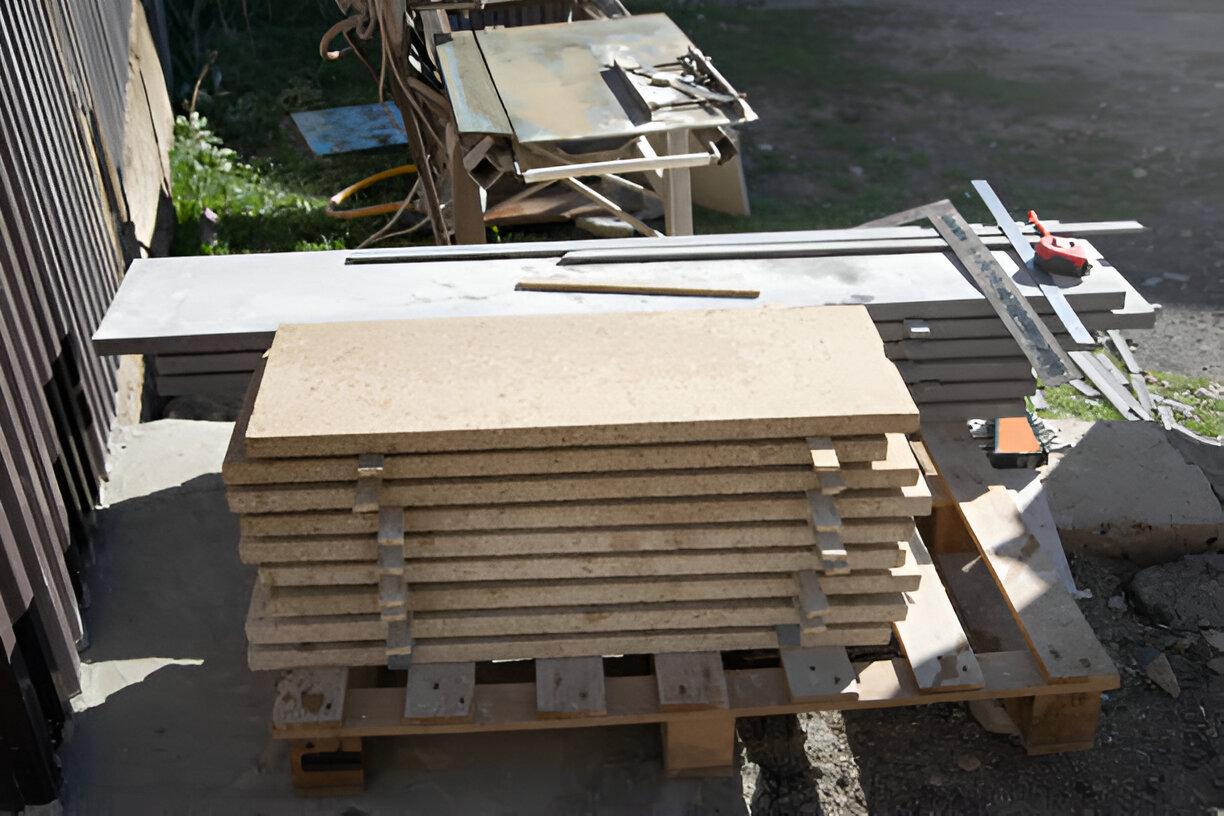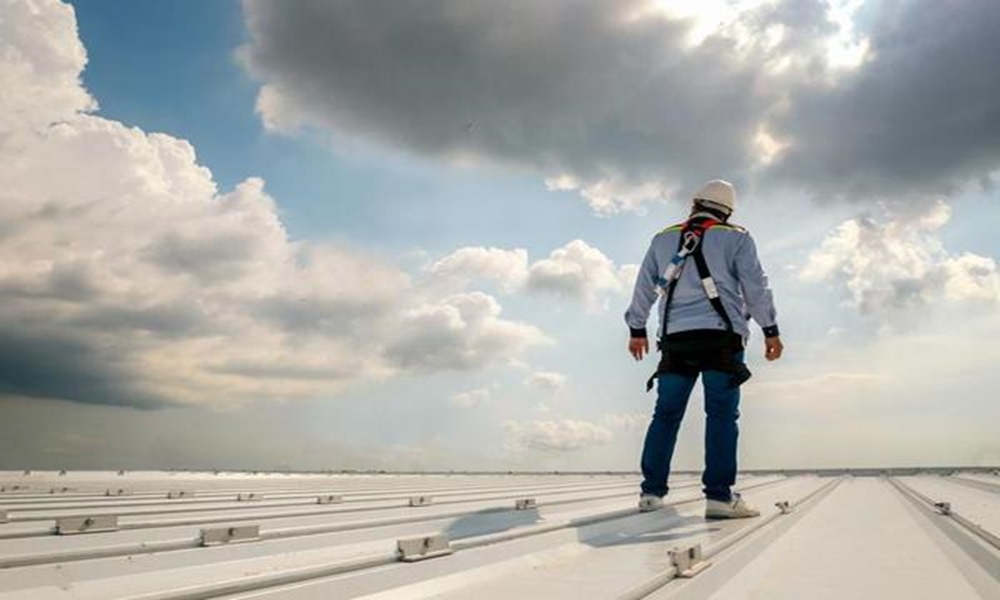The construction sector increasingly adopts Magnesium oxide board or MgO board because this product provides many advantages alongside its versatile functionality. The product combines magnesium oxide and magnesium chloride with cement and additives to offer a better solution than both gypsum and fibre cement construction boards.
As a product that demonstrates both environmental safety and human health safety magnesium oxide boards present superior structural parameters combined with first-rate fire resistance and mould resistance.
Applications of Magnesium Oxide Board
The magnesium oxide board from MagMatrix has multiple uses as it works for interior and exterior applications. The material works impeccably as an interior solution in building projects for wall panels together with ceiling boards drywall partitions and tile backers. Builders apply this material widely to build fire-resistant walls and subfloor structure systems.
The material successfully protects against damage from moisture in outdoor applications, including roofing, sheathing, and siding, especially in salinity-affected areas. The material proves suitable for residential properties as well as business spaces and educational institutions because it effectively blocks insects while keeping away both mould and mildew damage.
How Magnesium Oxide Board is Produced
The production process for magnesium oxide board starts with mixing magnesium oxide and magnesium chloride, then subjects it to heating and compression, followed by additional ingredient addition. The final material product demonstrates stone-like attributes along with high durability and lightweight.
Manufacturers produce magnesium oxide boards through the combination of wood dust along with cellulose and perlite to create a mixture that allows forming different board thicknesses and textures.
Is Magnesium Oxide Board Environmentally Friendly?
Among the primary advantages of magnesium oxide board users can find its sustainable properties. The manufacturing procedure for magnesium oxide board captures carbon dioxide gases to reduce its environmental footprint when evaluated against building materials based on Portland cement.
The composition of magnesium oxide boards contains no toxic substances, including asbestos, formaldehyde, ammonia, and silica. Wealthier environments and human health safety benefits emerge from these products. Several raw materials used in production traverse extended distances, which results in an increased carbon footprint.
Advantages of Magnesium Oxide Board
Lightweight MgO boards demonstrate exceptional thermal characteristics alongside superior fire resistance. MgO boards require no specialized tools during installation because they are very easy to set up. The material proves simple for qualified builders and typical home improvers to handle.
The weight of magnesium oxide falls between 20% and 30% below cement-based materials, thus reducing strain on installers. The enduring resistance of magnesium oxide boards against mould growth and decay allows them for diverse application needs.
Disadvantages of Magnesium Oxide Board
In comparison to gypsum boards magnesium oxide boards cost more money. The product’s price becomes more reasonable when considering both quick installation time and enhanced fire safety benefits.
Another disadvantage is the risk of breaking if not placed properly or subjected to severe movement.
About MagMatrix’s Brand
The Brand of MagMatrix stands committed to offering its customers environmentally respectful and high-performance magnesium oxide board solutions. The solutions from this brand serve residential and commercial markets by increasing safety measures and providing durable products.











